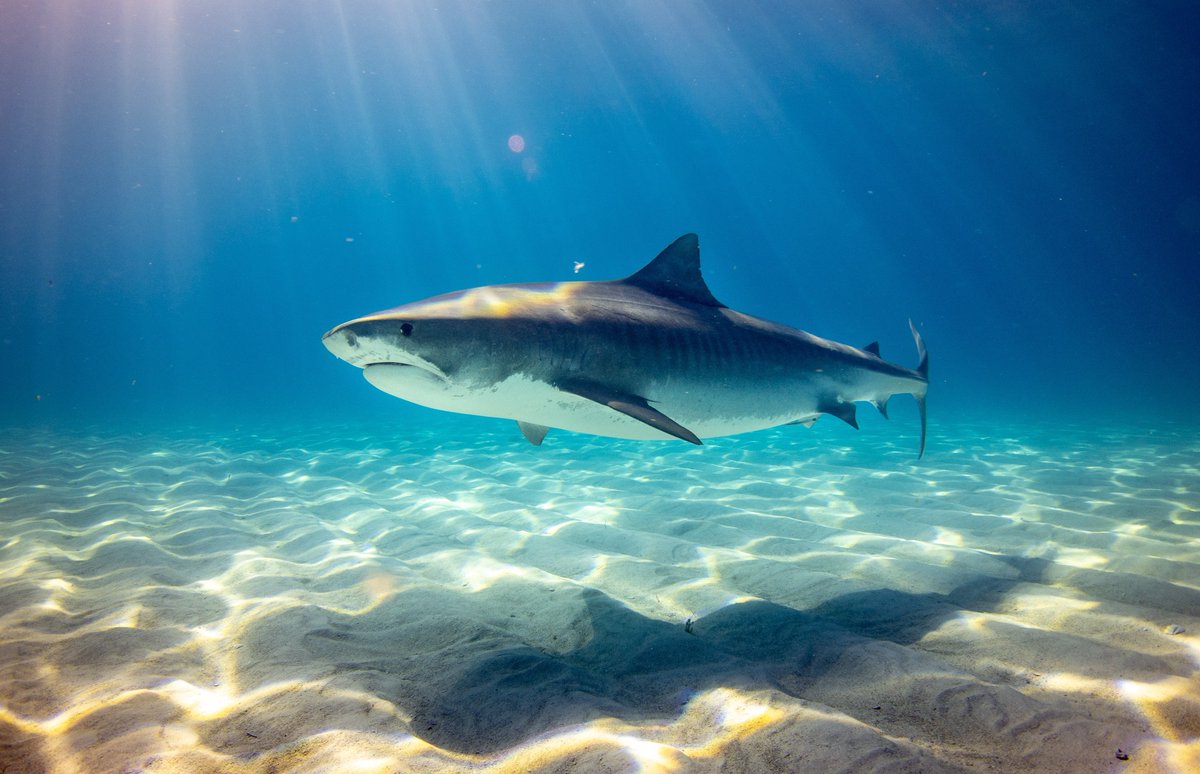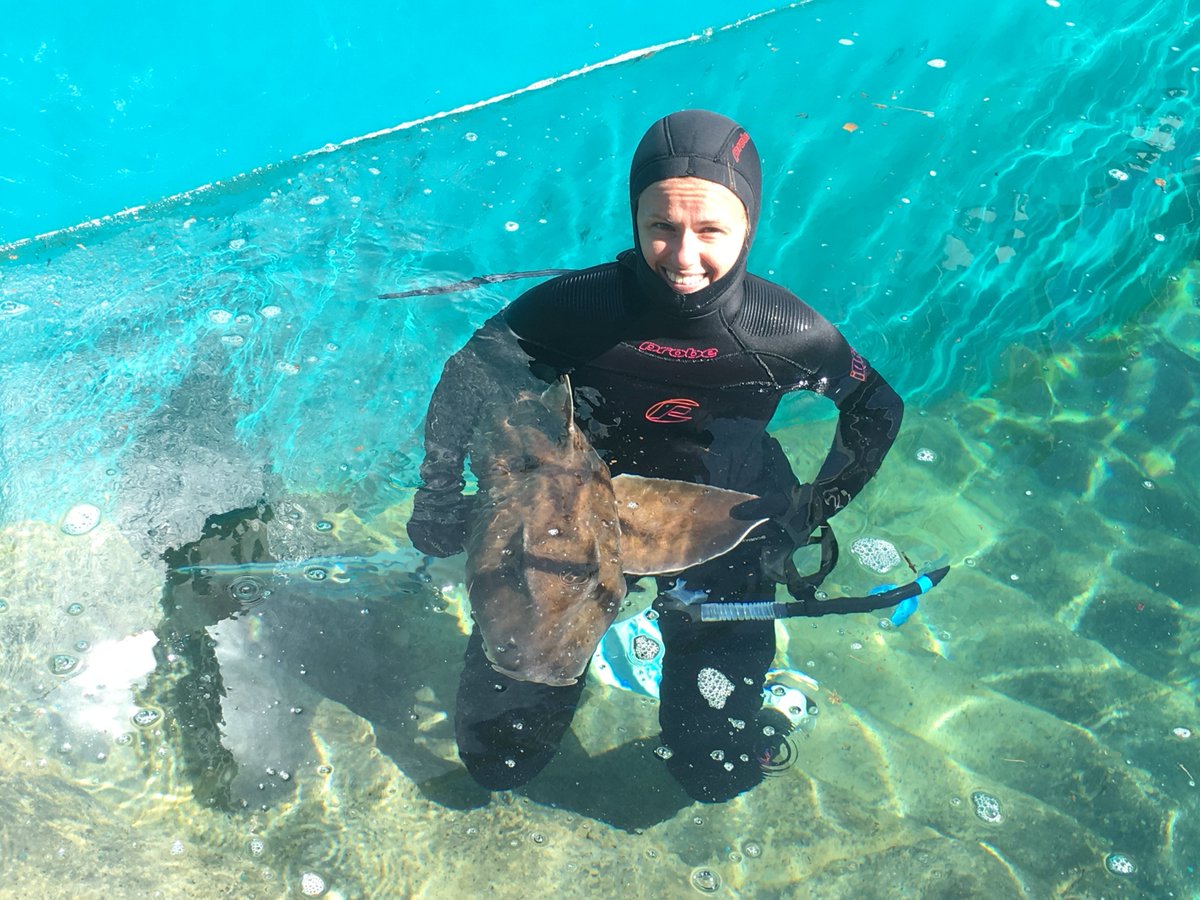
Day 2 this #ScienceWeek we focus on #carnivore ecology and #conservation, particularly #HumanWildlifeConflict, a major contributor to biodiversity decline, and consequently a focus for our #science team. PC: Bobby-Jo Vial. 

We’ll cover some of the core #science projects that Taronga has established or contributed to, highlighting how science-based solutions and evidence-based approaches to #conservation are critical.
In a conjoint role with @CES_UNSW, Taronga’s Conservation Biologist, Dr Neil Jordan (@HWConflict) works in #HumanWildlifeConflict and management, focusing on the #ecology and #conservation of African #carnivores and #dingoes, Australia’s own apex terrestrial carnivore.
Taronga collaborates with @CES_UNSW and @BPCTcamp on some of these projects, and @NSWDPIE on others, all of which align closely with Taronga’s 360degree approach to #conservation. But let’s back up first, and have a look at the issue.
What is #humanwildlifeconflict, or #HWC for short? Conflicts are essentially any direct human-wildlife interactions with adverse outcomes. They can range from nesting birds disturbed by dogwalkers in an urban park, to #lions eating people’s cattle. PC: Bobby-Jo Vial 

#HWC threatens lives and livelihoods, costs billions of dollars annually to manage, and is a leading cause of #biodiversityloss. There are significant differences in how the costs of living alongside wildlife are shared, across global, national and local scales.
Communities living on the edge of protected areas in developing countries in particular bear a large proportion of #coexistence costs, and these costs can be substantial. This paper by Taronga’s @HWConflict & collaborators discusses this doi.org/10.1111/cobi.1… PC: Bobby-Jo Vial 

#HumanWildlifeConflict is a widespread and divisive issue, requiring diverse interventions and management strategies.
• • •
Missing some Tweet in this thread? You can try to
force a refresh












